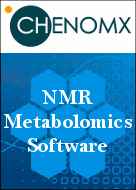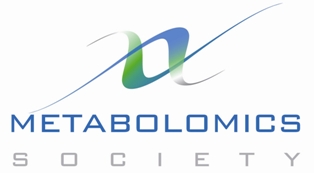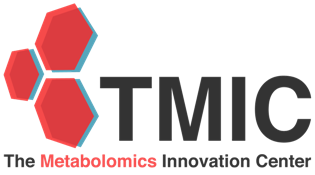The NIH West Coast Metabolomics Center
Feature article contributed by Oliver Fiehn, Director,
West Coast Metabolomics Center, UC Davis Genome Center, Davis,
California, USA
In September 2013, the National Institutes of Health
announced funding for three new regional comprehensive metabolomic
resource cores to serve the U.S. academic community with broad
services in metabolomics, ranging from flux studies to
multi-platform data acquisitions, pathway mapping, and
interpreting metabolomic data; these three new regional centers
are at the Mayo Clinic (Dr. Sreekumar Nair), the University of
Kentucky (Dr. Rick Higashi), and the University of Florida (Dr.
Arthur Edison). The first three of these metabolomic service
centers were funded 12 months ago at University of Michigan at Ann
Arbor, Research Triangle International (Durham, North Carolina),
and UC Davis (California). As central repository, a metabolomic
workbench and data center has been established at UC San Diego
(California) in addition to projects aimed at fostering training
in metabolomics, specific metabolomic research projects, and two
centers for custom synthesis of metabolites, see
http://commonfund.nih.gov/metabolomics/.
The West Coast Metabolomics Center (WCMC, see
http://metabolomics.ucdavis.edu)
may serve as an example of how these regional metabolomic service
centers function (
Figure
1). In a fast developing field such as metabolomics,
services need to constantly evolve according to new technical
developments as well as needs expressed by the scientific
community. Consequently, the WCMC provides capacity for
fee-for-service projects (‘core services’) in addition to direct
interaction and collaboration with metabolomic research
laboratories (‘advanced services’ and ‘genomic integration’).
Within the core services, there are four major units: the central
service laboratory based on mass spectrometry, the imaging
laboratory, the bioinformatics service unit, and the NMR service
laboratory. From August 2012 to June 2013, the central service
core alone has provided metabolomic data for over 12,000 samples
in 165 projects. Statistics, pathway mapping, and network analyses
are performed on request as hourly services.
 Figure 1.
Figure 1. The organizational structure of the NIH West
Coast Metabolomics Center.
Advancements in metabolomics as well as direct scientific
collaborations are performed in faculty-driven research
laboratories, specifically in glycans (Dr. Lebrilla), primary
metabolism/complex lipids (Dr. Fiehn), oxylipins and lipid
mediators (Dr. Newman), steroids (Dr. Gaikwad), eicosanoids (Dr.
Hammock) and genomics (Dr. Weimer). Overall, more than 1,000
metabolites can be targeted in various tissues, cells, and
biofluids using these platforms (
Figure
2). The metabolomic laboratories are also the primary points
of interaction for the yearly U.S.-wide competition for ‘Pilot and
Feasibility Grant Awards’ which provide metabolomic services for
NIH-eligible biologists and clinicians for up to $50,000 per
project. Twelve projects have been selected in 2013 by the NIH
peer review system, of which only two were submitted by UC Davis
researchers.
 Figure 2.
Figure 2. A MetaMAPP graph of the over 1,000 compounds for
which quantitative methods are used in the UC Davis Metabolomics
Center, using LC-MS and GC-MS platforms. The graph is organized by
grey lines for chemical similarity and red lines for known
biochemical transformations.
Outreach to the scientific community is organized together with
the UC Davis Clinical Translational Science Center, CTSC. Drs.
Tarantal and Berglund direct the pilot grant process in addition
to the training of clinical researchers in metabolomics within the
CTSC courses, workshops, and seminars. The West Coast Metabolomics
Center has organized an inaugural metabolomics symposium, a
microbial metabolism meeting (with hands-on training workshop),
and a cancer metabolism conference (in coordination with the UC
Davis Comprehensive Cancer Center) with a total of 18 invited
speakers. For next year, meetings are being organized for
‘metabolism in animal models’ and computational metabolomics. In
addition, 21 national and international guest speakers have
discussed their work at the monthly metabolomic seminar series.
Intensive training is also provided via courses that are organized
by the West Coast Metabolomics Center. In September 2013, the
first two-week long course “International Sessions in
Metabolomics” has ended with 20 participants from 10 countries who
have received theoretical and hands-on instructions in the
computer lab, where each course participant actively processed
metabolomic data, identified metabolites, and performed
statistical and pathway analyses of samples that were acquired by
themselves in the MS-based metabolomic wet lab. Registration is
already open for the next Summer Sessions course, scheduled for
September 8-19, 2014.
Please
note: If you know of any
metabolomics research programs, software, databases,
statistical methods, meetings, workshops, or training
sessions that we should feature in future issues of this
newsletter, please email Ian Forsythe at metabolomics.innovation@gmail.com.














